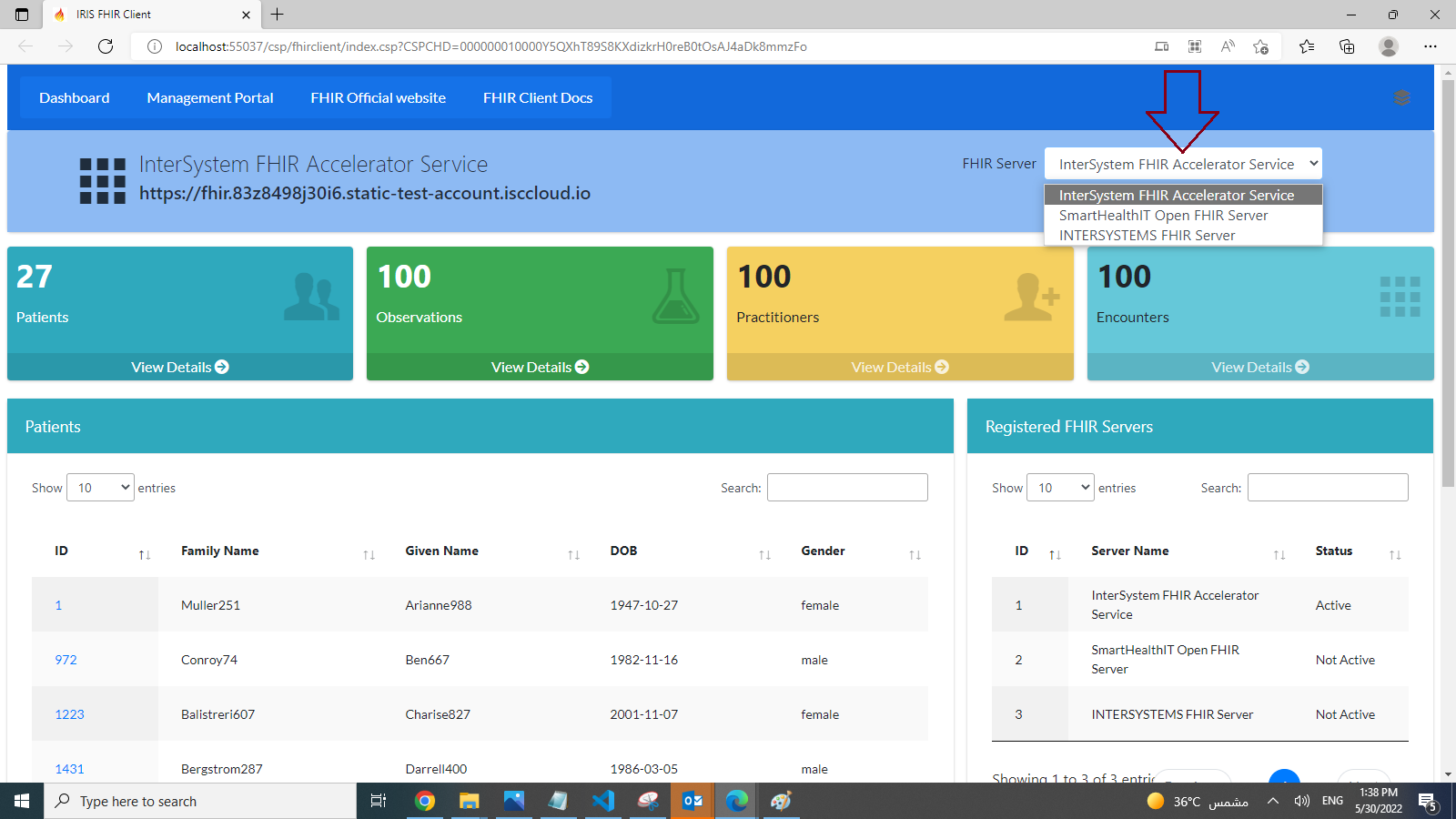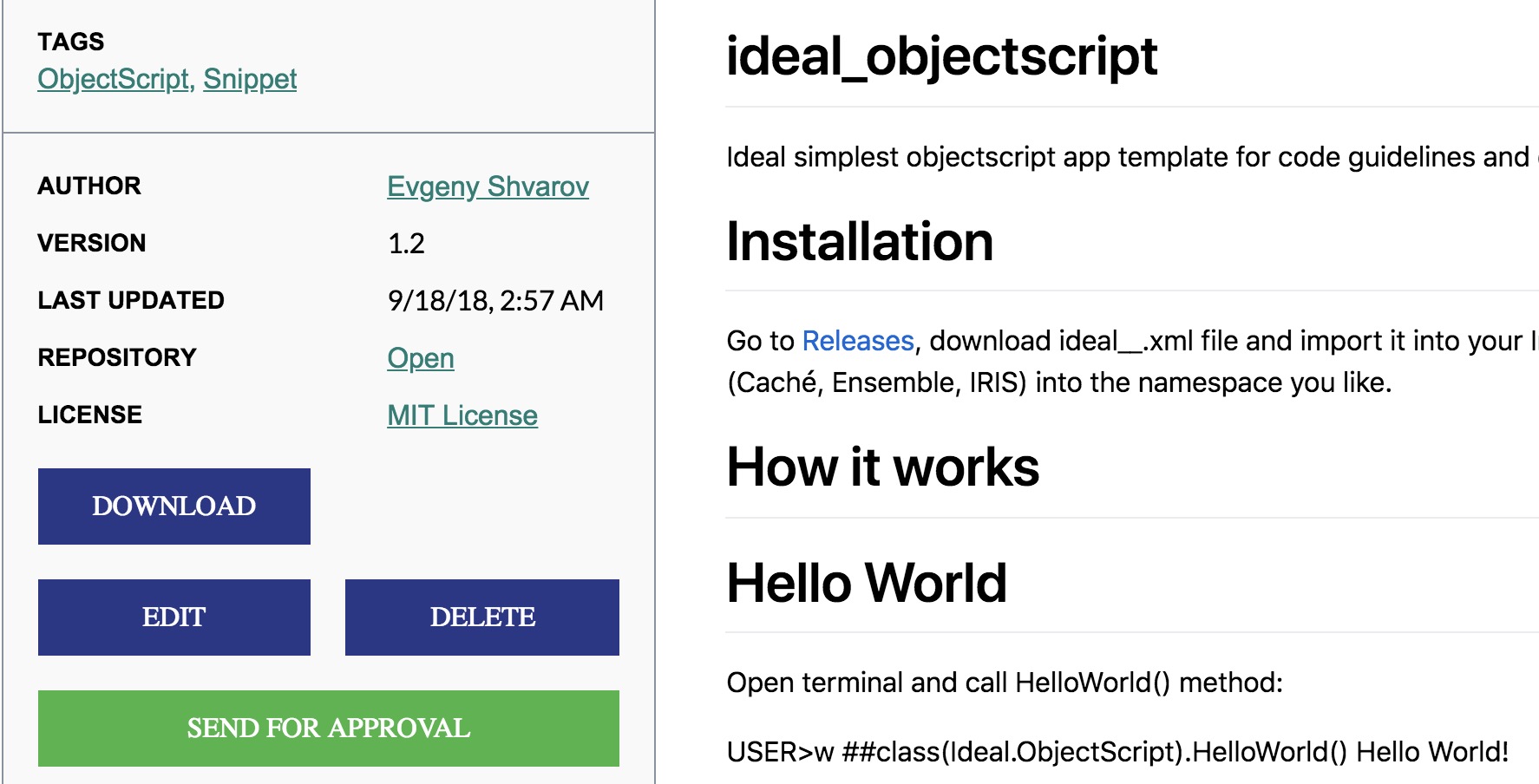Hi ObjectScript developers!

InterSystems ObjectScript is perhaps the best language on the planet to deal with globals - and it is an interpretable language.
Yes, it has a compiler. But even the compiler can compile some lines in ObjectScript which will then fire as bugs during the runtime.
There are some technics on how to avoid that such as unit testing, coding guidelines and your coding experience, of course ;)
Here I want to present to you the yet another approach to how you can reduce the number of errors in your ObjectScript runtime and enforce coding guidelines - it's an ObjectScript Quality tool developed by Lite Solutions, InterSystems solution partner.
See the details below.

.png)
.png)



